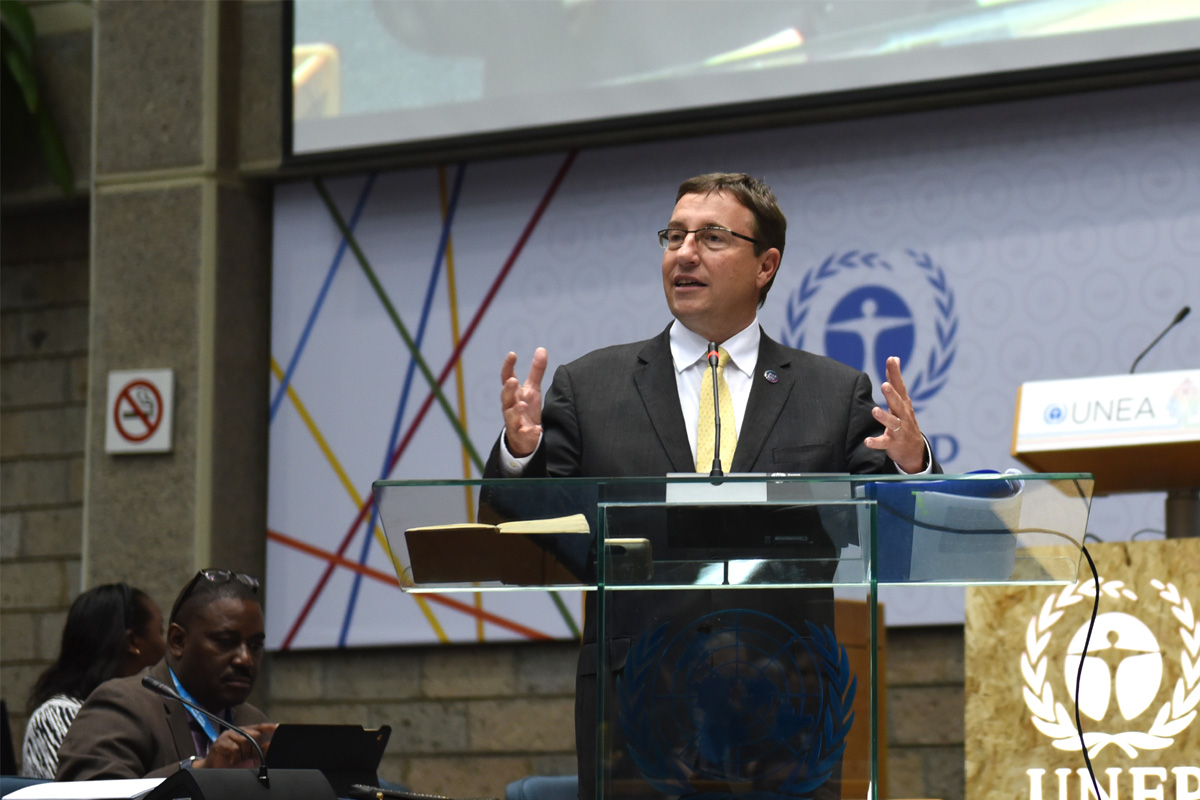India’s population will peak in 2nd half of the century: UN report
World population to peak within this century
However, this dip only translates to a 0.01 degree celsius reduction of global warming by 2050. Meanwhile NDCs remain inadequate.

Photo: IANS
A green pandemic recovery could cut upto 25 per cent off predicted 2030 greenhouse gas emissions and bring the world closer to meeting the two degree celsius goal of the Paris Agreement on climate change, said a new UN Environment Programme (UNEP) report on Wednesday.
The UNEP’s annual Emissions Gap Report 2020 reveals that despite a dip in the 2020 carbon dioxide emissions caused by the Covid-19 pandemic, the world is still heading for a temperature rise in excess of three degree celsius this century.
Advertisement
However, if governments invest in climate action as part of pandemic recovery and solidify emerging net-zero commitments with strengthened pledges at the next climate meeting — taking place at Glasgow in November 2021 — they could bring emissions to levels broadly consistent with the two degrees celsius goal.
Advertisement
By combining a green pandemic recovery with swift moves to include new net-zero commitments in the updated Nationally Determined Contributions (NDCs) under the Paris Agreement, and following up with rapid and robust action, governments could still attain the more ambitious 1.5 degrees goal.
“The year 2020 is on course to be one of the warmest on record while wildfires, storms and droughts continue to wreak havoc,” said UNEP’s Executive Director Inger Andersen.
“However, UNEP’s Emissions Gap report shows that a green pandemic recovery could take a huge slice out of greenhouse gas emissions and help slow down climate change. I urge governments to back a green recovery in the next stage of Covid-19 fiscal interventions and significantly raise their climate ambitions in 2021.”
Each year the Emissions Gap Report assesses the gap between anticipated emissions and levels consistent with the Paris Agreement goals of limiting global warming this century to well below two degrees and pursuing 1.5 degrees celsius.
The report reveals that during 2019 the overall greenhouse gas emissions, including land use change, reached a new high of 59.1 gigatonnes of CO2 equivalent (GtCO2e).
Global greenhouse gas emissions have grown 1.4 per cent per year since 2010 on an average, with a more rapid increase of 2.6 per cent in 2019 due to a large increase in forest fires.
As a result of reduced travel, lower industrial activity and lower electricity generation this year due to the pandemic, carbon dioxide emissions are predicted to fall up to 7 per cent in 2020.
However, this dip only translates to a 0.01 degree celsius reduction of global warming by 2050. Meanwhile NDCs remain inadequate.
A green pandemic recovery, however, could cut up to 25 per cent off the emissions the globe would expect to see in 2030 based on policies in place before Covid-19.
A green recovery would put emissions in 2030 at 44 GtCO2e, instead of the predicted 59 GtCO2e — far outstripping emission reductions foreseen in unconditional NDCs, which leave the world on track for a temperature rise of 3.2 degrees celsius.
Such a green recovery would put emissions within the range that gives a 66 per cent chance of holding temperatures to below two degrees celsius, but would still be insufficient to achieve the 1.5 degrees celsius goal.
Measures to prioritise in green fiscal recovery includes direct support for zero-emission technologies and infrastructure, reducing fossil fuel subsidies, no new coal plants, and promoting nature-based solutions — including large-scale landscape restoration and reforestation.
The report finds that action on a green fiscal recovery has been limited. Nearly one-quarter of G20 members have dedicated shares of their spending up to three per cent of GDP to low carbon measures.
There nonetheless remains a significant opportunity for countries to implement green policies and programmes. Governments must take this opportunity in the next stage of Covid-19 fiscal interventions, the report revealed.
The report also said the growing number of countries committing to net-zero emission goals by mid-century is a “significant and encouraging development”.
At the time of report completion, 126 countries covering 51 per cent of global greenhouse gas emissions had adopted, announced or were considering net-zero goals.
The level of ambition in the Paris Agreement still must be tripled for the two degree celsius pathway and increased at least fivefold for the 1.5 degrees celsius pathway.
Responding to the Emissions Gap Report, Kat Kramer, Christian Aid’s climate lead, said, “The UNEP Gap report is a sobering reminder of the need for Covid economic stimuli to get us on track to tackle climate change.”
“Despite Covid lockdowns slowing emissions for a few months they barely created a dent in the overall picture and with emissions already bouncing back aggressively, we are on course to see global heating way beyond the goals of the Paris Agreement.”
Advertisement